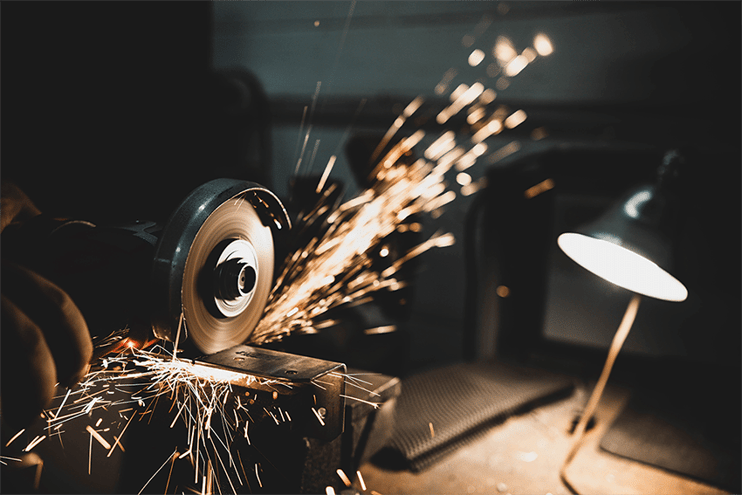Surface condition is a significant driver of process and product reliability. It affects every part of the product life cycle, from development to launch, and its impact continues for as long as the product remains in service.
When manufacturers try to compress development lead times, eliminate quality problems, and control costs, it's often a surface condition that limits their ability to make progress. Measurement is a prerequisite for improvements, but it's not enough to just gather data.
Data provides visibility into what's happening, but making improvements means putting those numbers to work. That's done by combining visibility with application experience, which we call "surface intelligence."
Why "Surface Intelligence" Matters
Quality is built into manufactured products by ensuring processes are performed consistently. That's done by controlling process variables. Engineers are comfortable with variables like temperature, time, and pressure, but they struggle with measuring and maintaining surface conditions.
Surface condition drives many aspects of product assembly, performance, and appearance. This happens mainly through adhesive bond strength (which can relate to coatings and assembly), but it also factors into other aspects of manufacturing. Consistent mold release is one example, and maintaining the required cleanliness levels is another.
When surface conditions aren't controlled, variation is inevitable and leads to inconsistent bond performance, resulting in premature failure. In assembly, operations that might push engineers to use mechanical fasteners add cost and weight and limit the product's strength. Furthermore, a late design change usually causes the launch date to extend if problems are discovered during product development.
Variable surface conditions can also lead to warranty complaints, poor performance, and shortened product life. Those affect the brand's reputation and lead to lower sales and margins.
In short, everyone involved in developing and manufacturing new products should pay close attention to surface conditions.
Rethink your adhesion manufacturing processes with Surface Intelligence.
Surface Intelligence Throughout the Product Life Cycle
A good way of seeing what surface intelligence can do for a manufacturer is to look at some examples. Here are three examples demonstrating how surface intelligence relates to different aspects of the product life cycle.
Case Study #1: Product Development
Many manufacturers are moving to composite materials to save weight and improve performance. However, when composites are used in complex assembly, they need to be joined to other components via adhesives, and this is where problems arise.
An agricultural equipment manufacturer was developing a new sprayer boom made from composites--a material this manufacturer hadn't worked with before. In addition, the manufacturer's material supplier location was in another country around the globe-- and lacked visibility into the supplier facility. Because of this, the OEM realized they needed to develop a tried and true surface preparation process that they could easily hand off to the supplier so that surface quality wasn't left to chance.
Brighton Science's solution was to draw on decades of surface intelligence experience, evaluate various surface preparation processes, and undertake extensive laboratory testing. As a result of Brighton Science's involvement at the very beginning of development, Brighton built a roadmap of data-proven procedures that helped them avoid time wasted on dead-end approaches, firefighting, and possible adhesion failure.
What was the result? The manufacturer could hand off clear standard operating procedures for surface preparation and adhesive bonding with the visibility to maintain consistent product quality throughout the supply chain and ultimately deliver superior products.
Case Study #2: Product Launch
Automobile manufacturers invest massive amounts of time and money in developing new products, and speed to market is vital for achieving the target ROI. Of course, delays will impact profitability, but rushing a vehicle out when there are still problems will result in significant warranty claims and reputational damage.
Brighton Science worked with a leading automotive OEM that was struggling with this issue. Their problem was with the paint not correctly bonding to the substrate. The substrate was a new material they hadn't used before, so they and their supplier had little experience on which to draw. The OEM suspected the problem with the substrate's surface quality but was unsure where to start in finding the root cause. In situations like these, it's not uncommon for businesses to spend tremendous amounts of time trying to understand what's happening.
Brighton Science was called in and took a two-pronged approach. First, surface science experts visited the supplier's plant to gather contact angle measurement data, and then the team undertook laboratory testing to better understand the material and paint system.
Using contact angle measurements, testing, and years of experience, Brighton Science systematically eliminated variables to identify the core issue. As a result, Brighton Science could recommend several process changes that enabled a greatly improved paint bond and allowed the OEM to push the new vehicle through to launch.
Case Study #3: Series Production
In the world of medical device manufacturing, quality, and cleanliness are non-negotiable. The FDA oversees processes, and any changes require their approval. Unfortunately, approval can be slow and complex, so manufacturers prefer to stick with established procedures unless there's a compelling reason to do otherwise.
This was the situation one of our customers found themselves experiencing. The medical device manufacturer had a washing operation that performed well and was previously covered by FDA approval. However, the cleaning agent used in the process is soon coming under scrutiny from the EPA for the hazards they can pose to workers and the environment.
In response, the manufacturer began determining what it would take to switch to a new cleaning method, which meant showing the FDA that the new approach was at least as good as the old one. This required the device manufacturer to know how many and what type of checks they had to perform to demonstrate conformance to the various standards.
Brighton Science worked with the manufacturer to develop a customized test plan to help answer questions about the wash process and validate part cleanliness. The test plan showed the customer that as many as 50 variables could impact wash quality. The experts at Brighton Science helped them establish surface quality measurements using the Surface Analyst, which, when the new wash system is implemented, will allow them to manage the process effectively and without problems.
Optimize the power of next-gen connectivity with data & surface intelligence.
A Cycle of Measurement, Control & Improvement
These three examples demonstrate how surface intelligence spans the product life cycle—helping companies robustly execute their manufacturing processes—and reduce risk and variability in product development and launch.
Surface intelligence is about measuring, controlling, and making improvements. Often this becomes a virtuous cycle, where QA identifies a surface issue and feeds the data back to Product Development. This knowledge transfer ensures that a company knows how to react to these issues in the future and lets them design products and processes that prevent a recurrence.
Learn how to implement surface intelligence into your product development life cycle to avoid adhesion and coating failure. Download the eBook “The Future of Manufacturing: A Guide to Intelligent Adhesive Bonding Technologies & Methodologies" to take the first step.



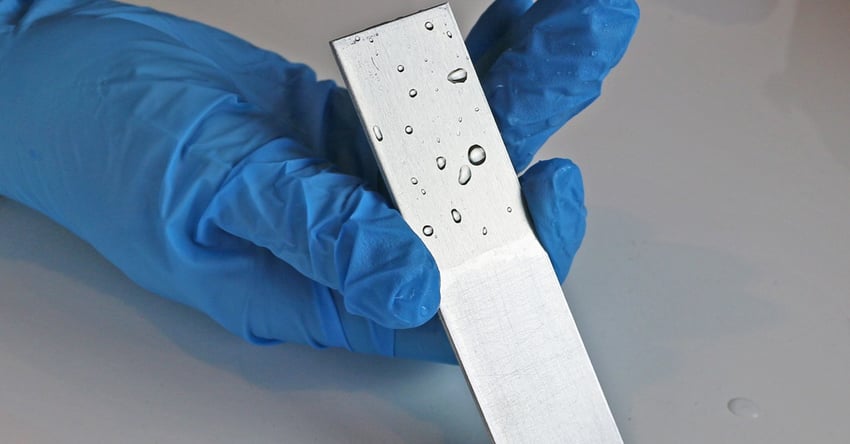






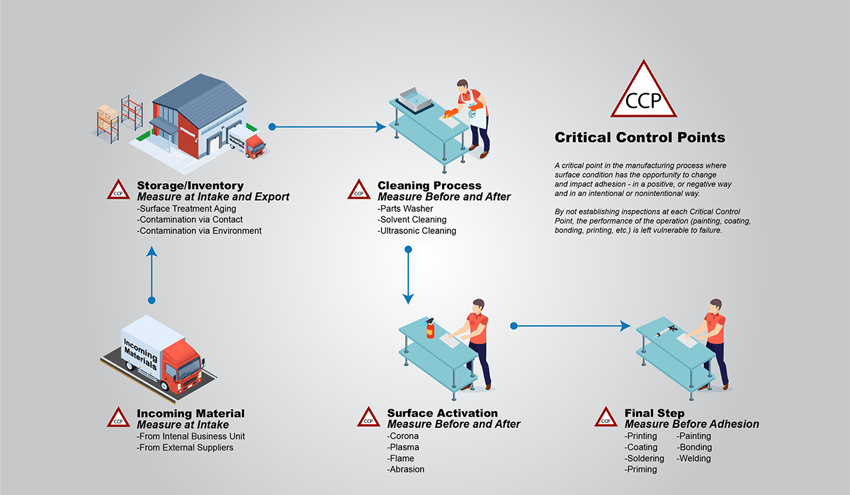
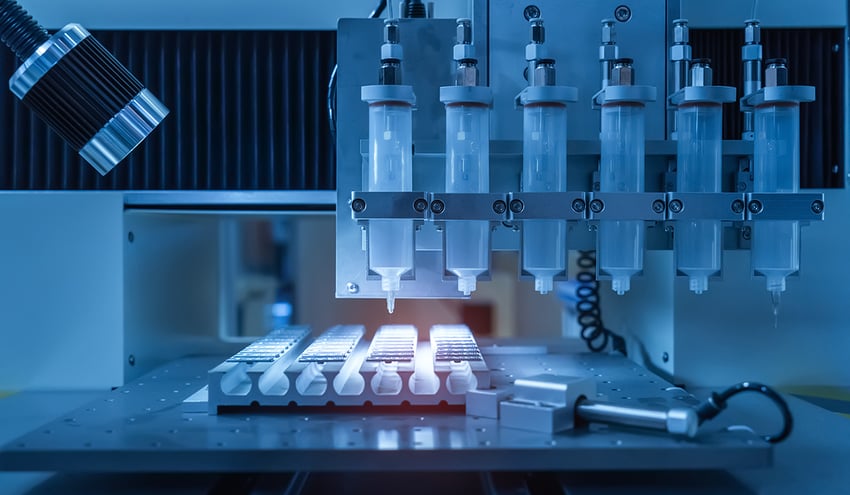
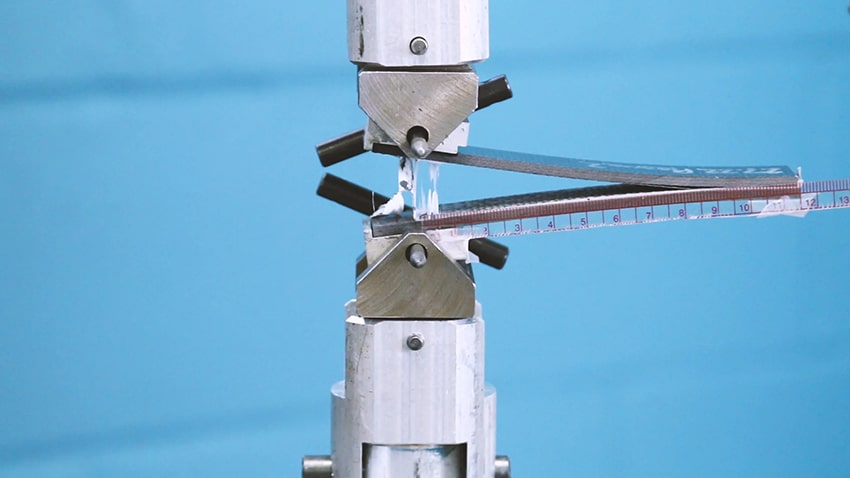


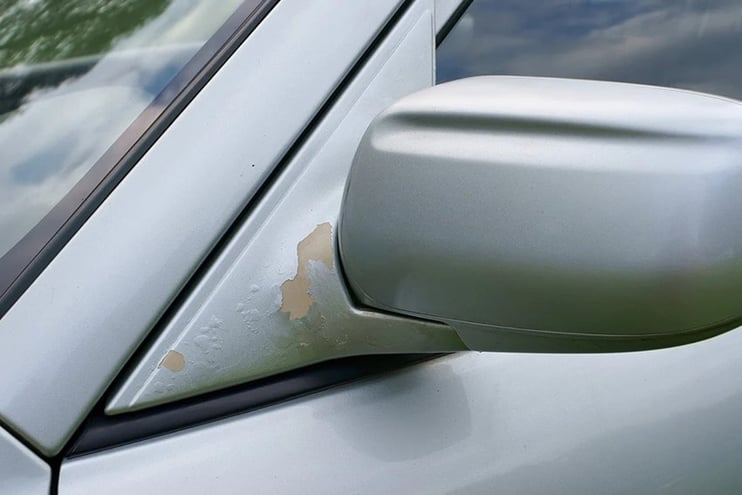

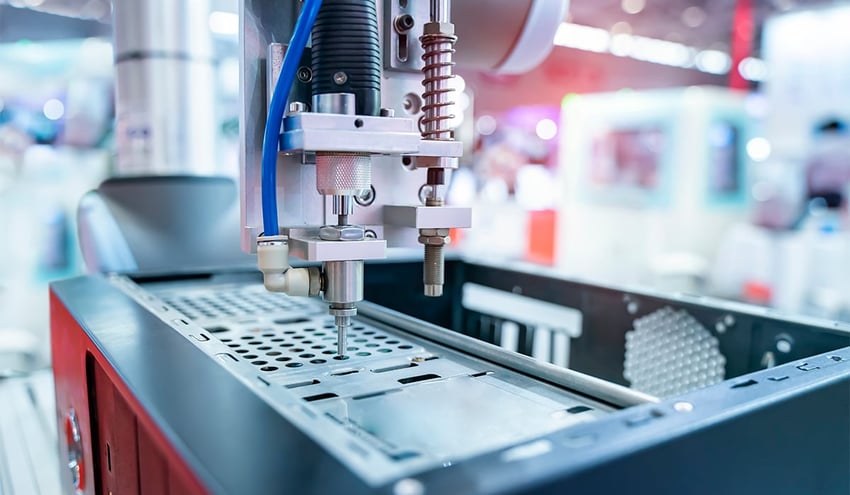

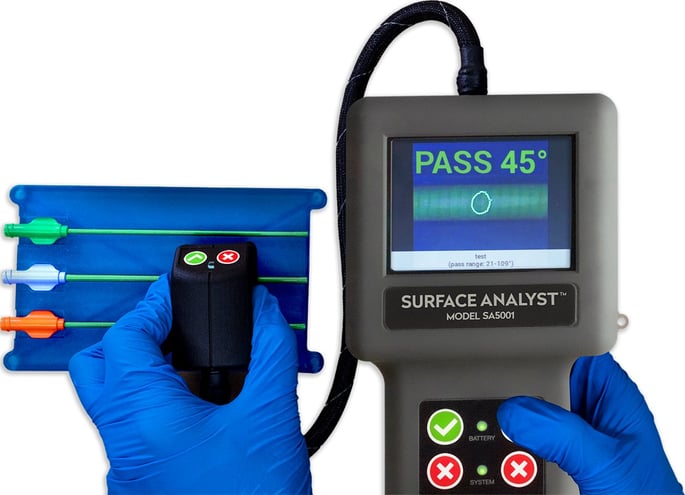
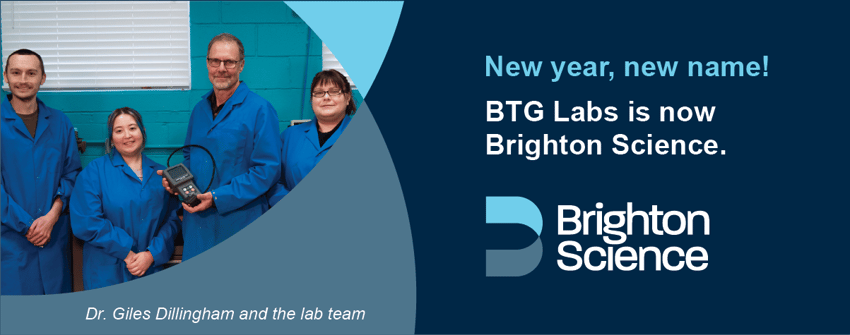

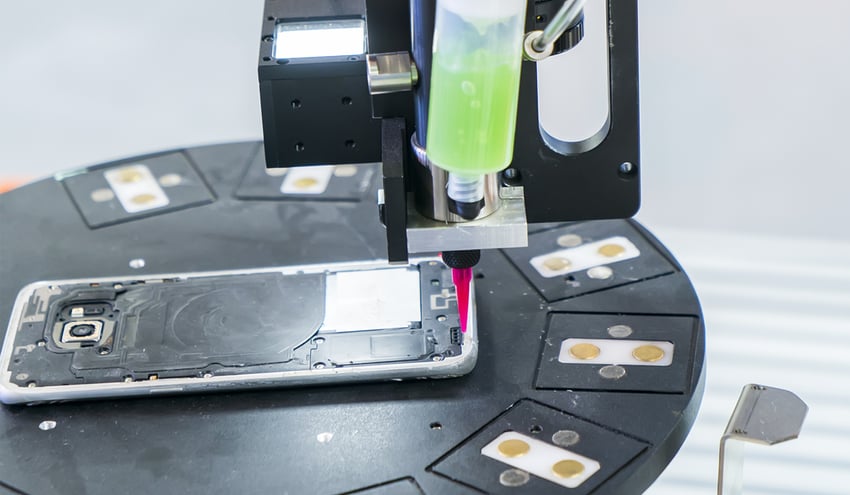
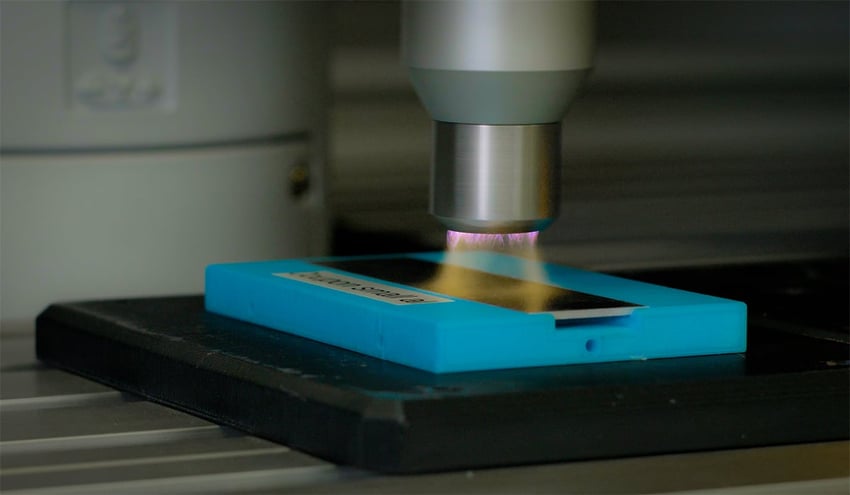
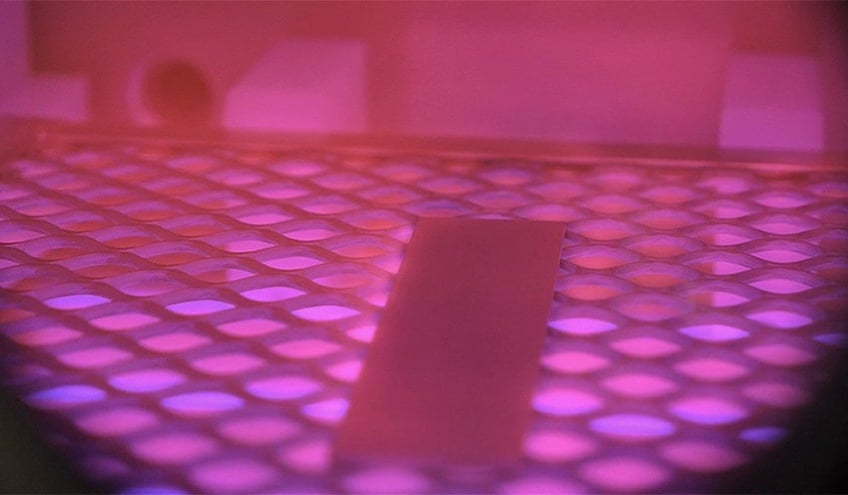
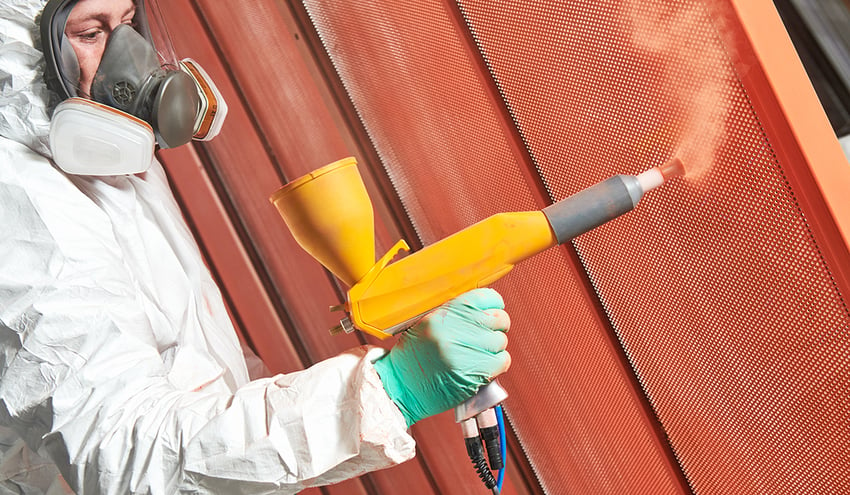
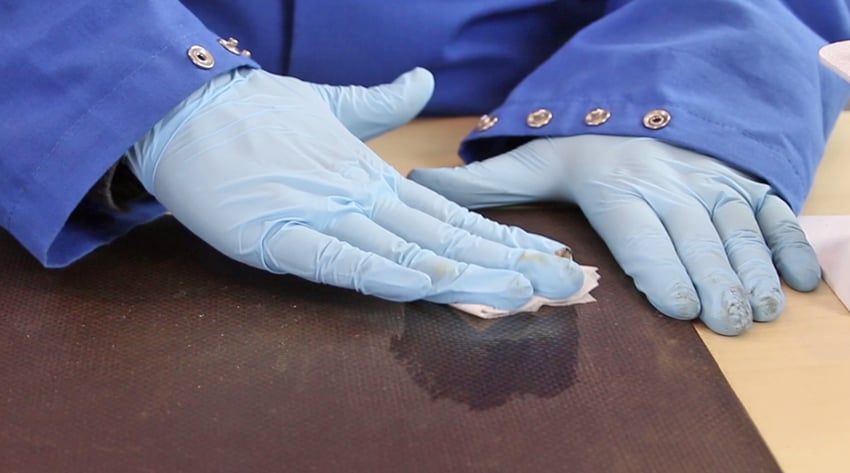
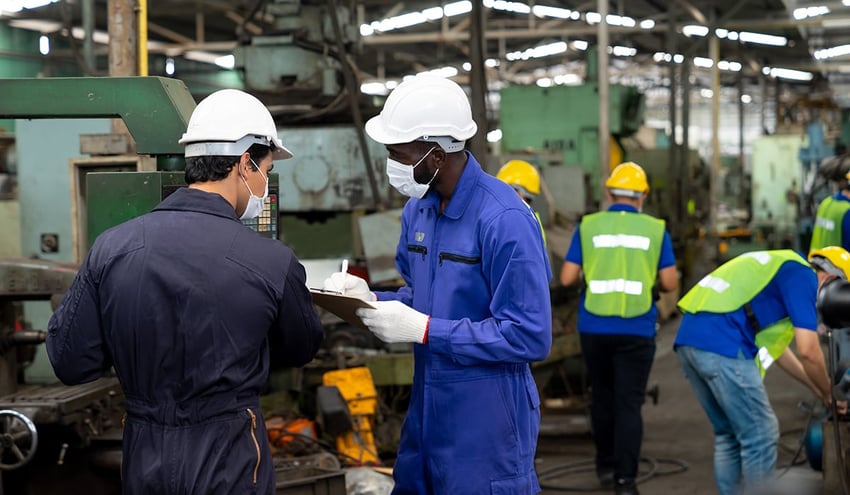
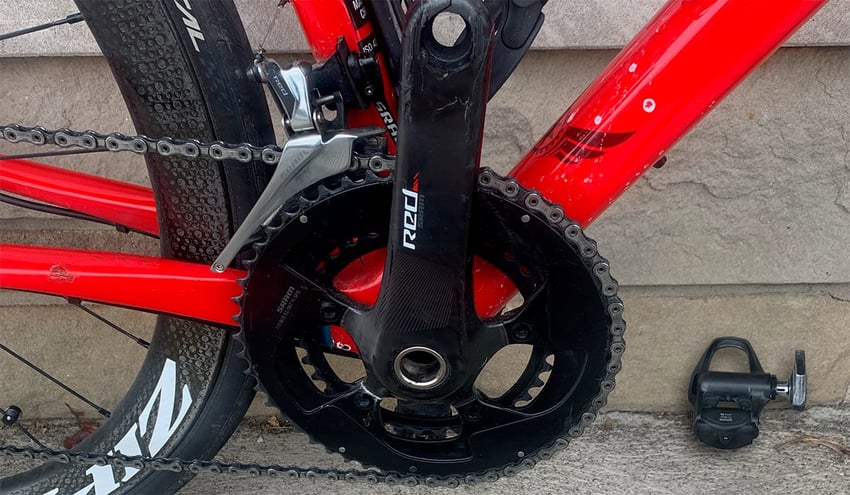
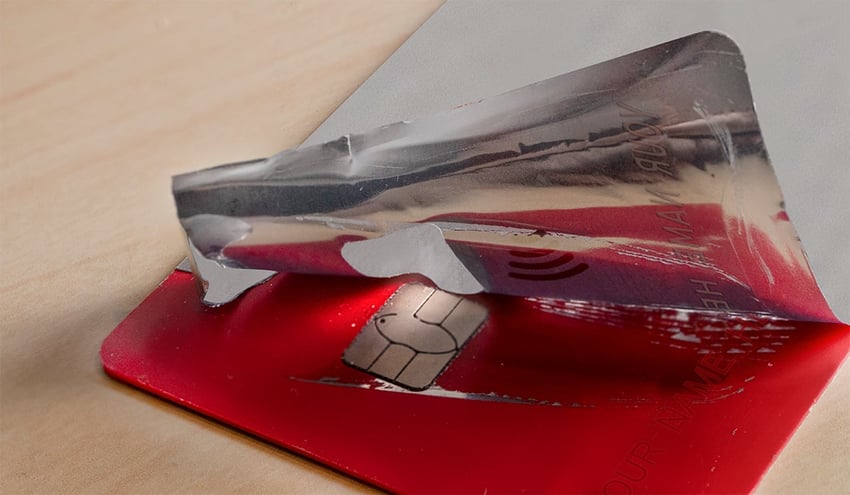
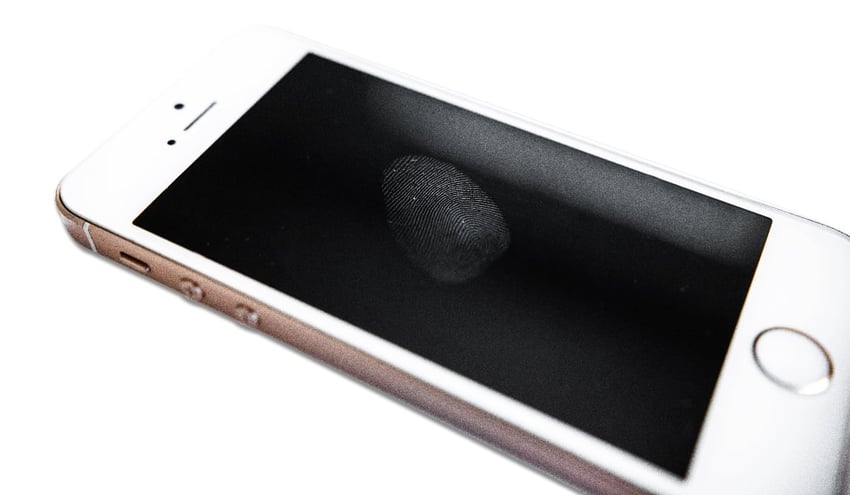
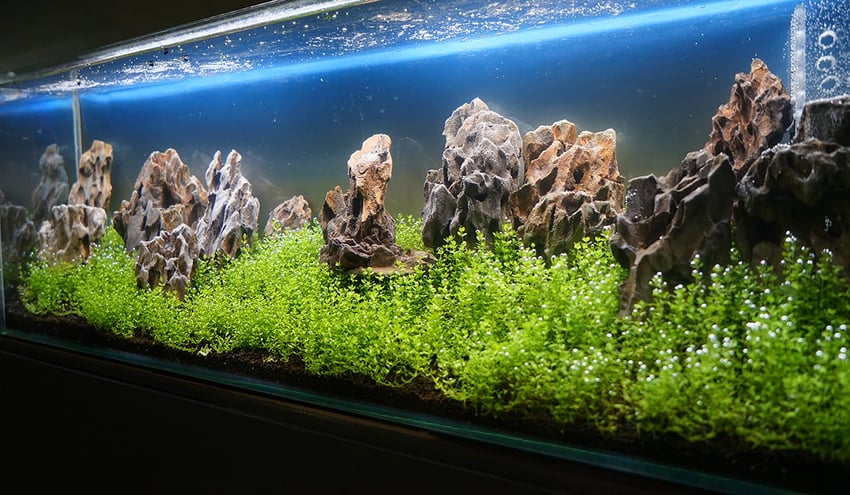


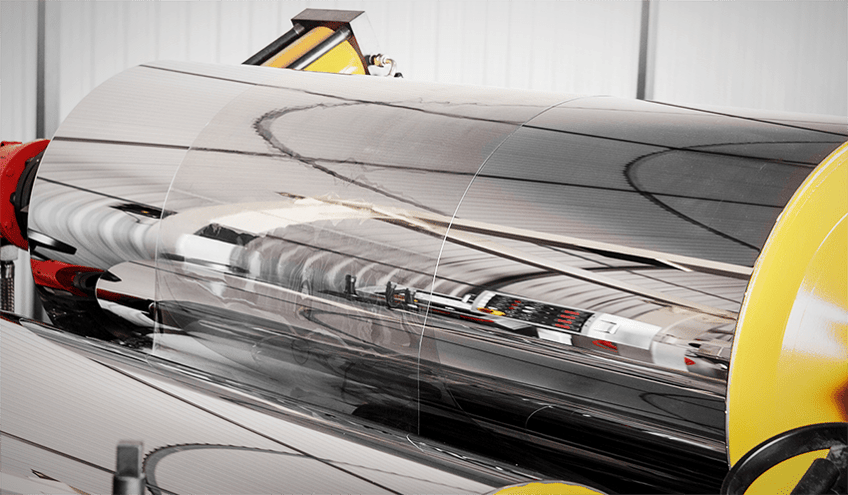
.jpg?width=850&height=495&name=metal-brazing-copper-component%20(reduced).jpg)
